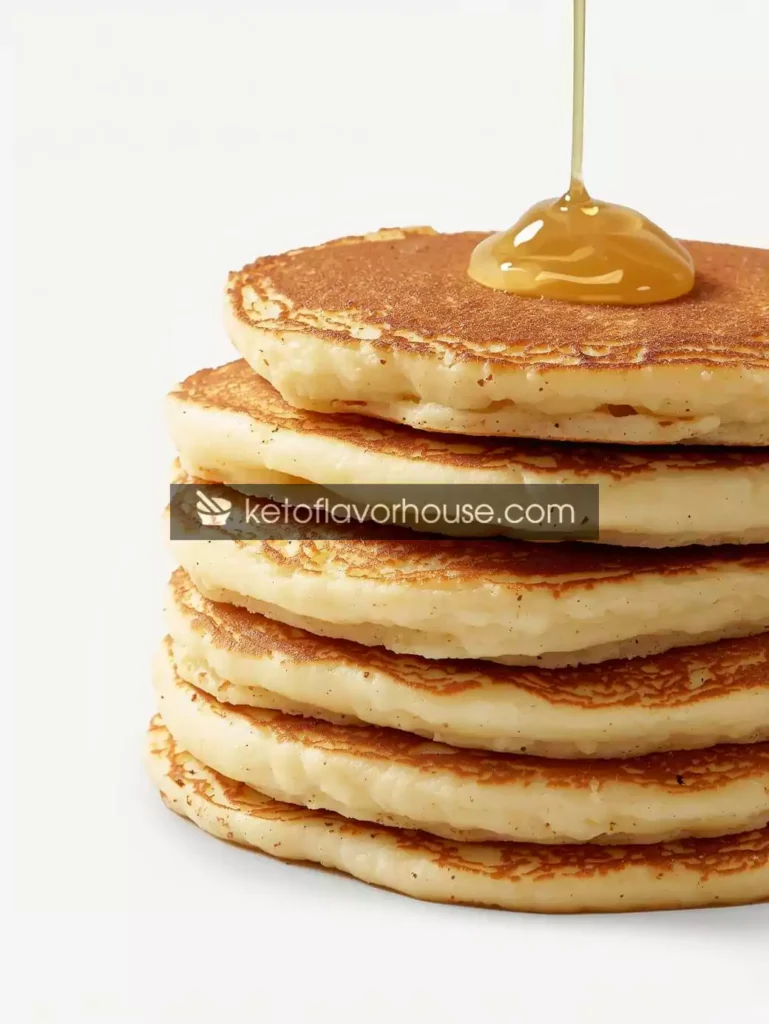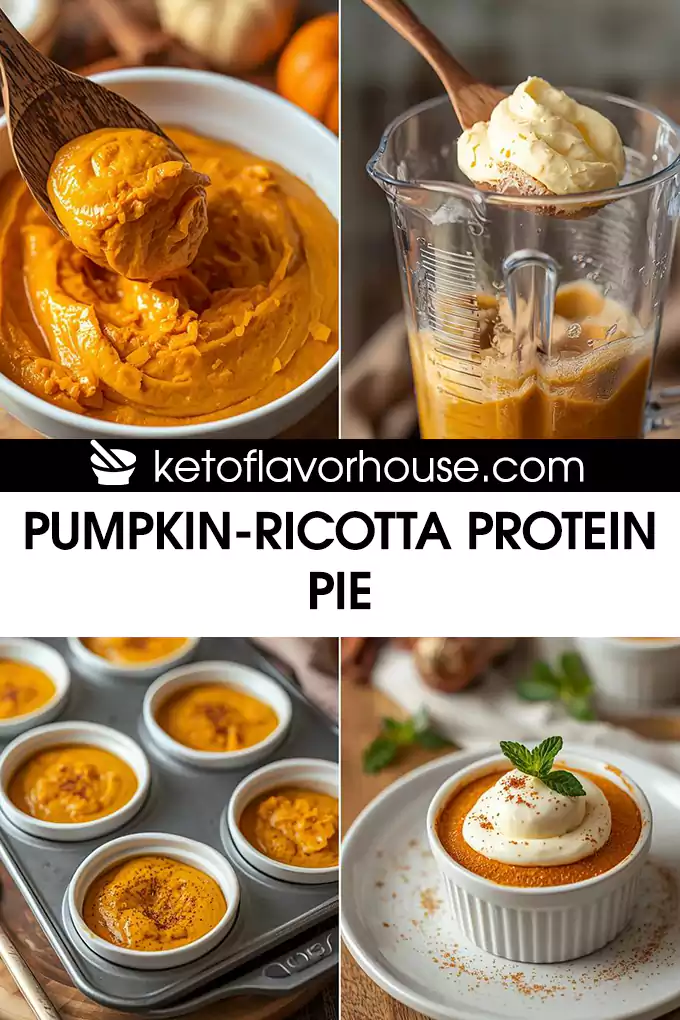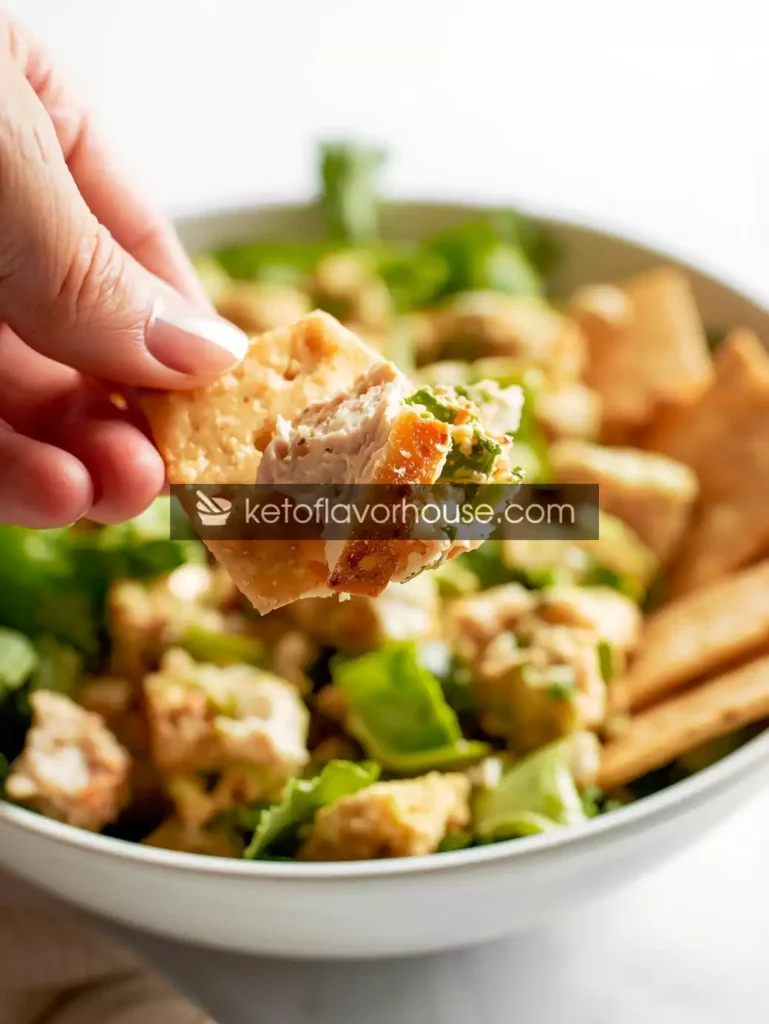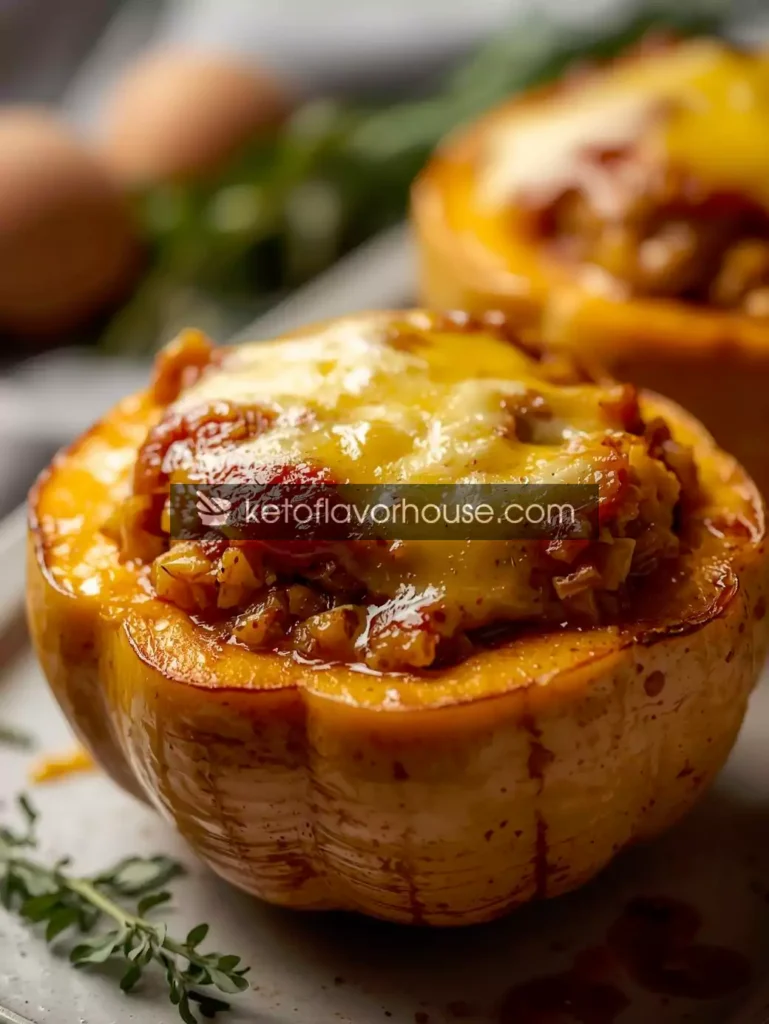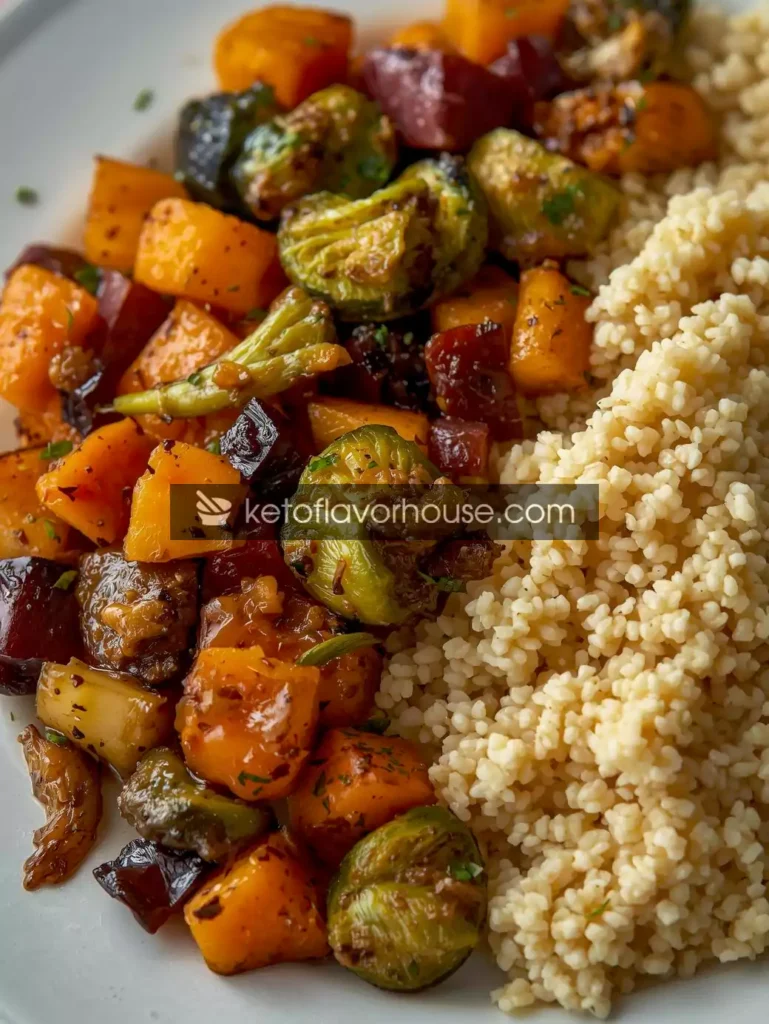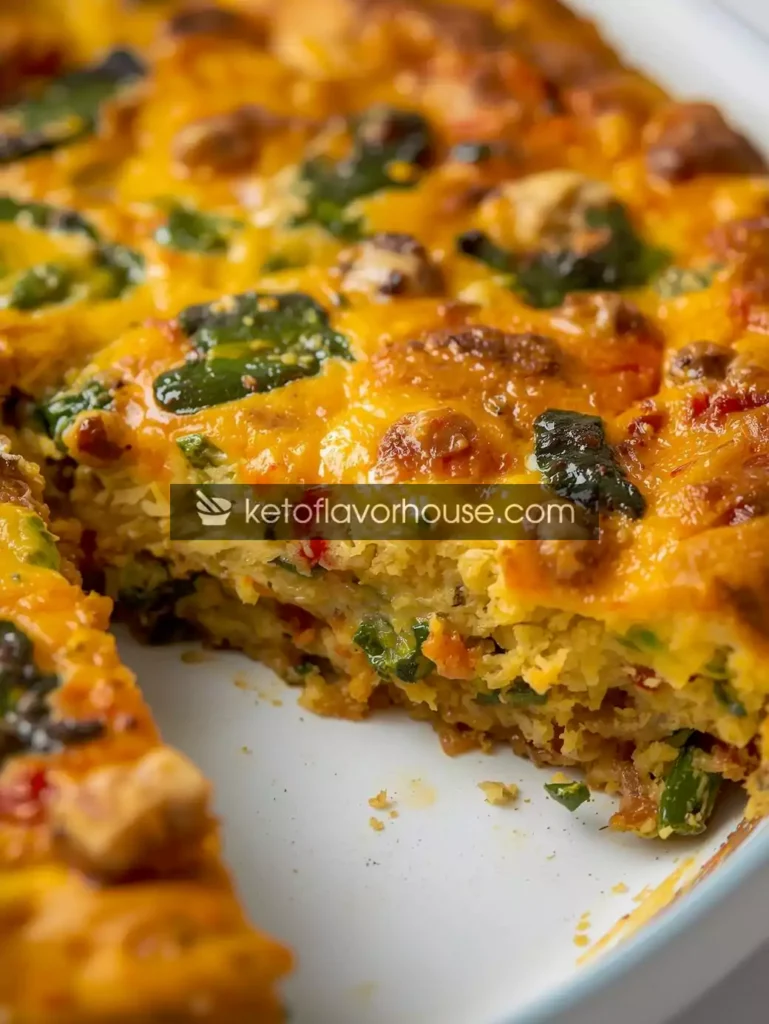This post may contains Amazon affiliate and other affiliate links. If you make a purchase through these links, I may earn a small commission at no extra cost to you. Your support helps me continue to provide quality content. I only recommend products I personally trust and believe will add value to your experience. For more details, please visit my Privacy Policy.
There’s something deeply comforting about the aroma of pancakes sizzling on a skillet in the morning. For many, pancakes are nostalgia in edible form — a reminder of childhood breakfasts or lazy weekend brunches. But for bariatric eaters, traditional pancakes can be tricky. They’re often loaded with sugar, flour, and fat, making them difficult to digest and low in protein, which is essential after surgery. That’s why I created this Bariatric High-Protein Cottage Cheese Pancakes Recipe — a recipe that balances flavor, texture, and post-op nutrition while staying low-carb and waistline-friendly.
From the first bite, you’ll notice a tender, slightly tangy, and protein-packed pancake that keeps you full without weighing you down. The combination of cottage cheese, eggs, and almond flour produces a light, fluffy texture that feels indulgent but aligns perfectly with bariatric-friendly nutrition. Whether you’re just a few weeks post-op or years into maintenance, these pancakes are a safe, satisfying, and versatile breakfast option.
Why You’ll Love This Recipe
- 🥞 High-protein — supports muscle repair and satiety.
- 🧈 Low-carb — helps manage blood sugar and weight goals.
- 🥛 Soft, fluffy texture — easy on sensitive stomachs post-surgery.
- ⏱️ Quick prep — ready in 20–25 minutes, perfect for busy mornings.
- 🍓 Versatile — pairs well with berries, nut butter, or sugar-free syrup.
- 👨👩👧 Family-friendly — kids and adults alike enjoy them.
My Personal Experience
I still remember the first time I tried making high-protein pancakes for a post-op meal plan. I wanted something familiar — pancakes that smelled like comfort but didn’t sabotage my protein goals. My first batch? Slightly rubbery, too tangy, and the texture was off. After a few tweaks — swapping in full-fat cottage cheese for creaminess, carefully balancing almond flour, and using just enough egg whites for lift — I found a recipe that was light, soft, and subtly sweet. Even my non-bariatric family couldn’t tell they were “diet-friendly.”
What I love most is that these pancakes are forgiving. If your first batch is slightly uneven or browns too quickly, small tweaks fix it. And the flavor? Creamy, lightly tangy, with a hint of vanilla — every bite feels satisfying but never heavy.
Required Equipment
Nonstick Skillet or Griddle
Essential for cooking pancakes evenly without sticking. If your skillet isn’t nonstick, lightly grease with olive oil or butter substitute.
Mixing Bowl
A medium-sized bowl is perfect for combining wet and dry ingredients without spillage.
Whisk
For blending eggs, cottage cheese, and almond flour to a smooth batter. A fork works too, but a whisk ensures a lump-free mix.
Measuring Cups & Spoons
Precision matters for bariatric portions and nutrition. Accurate measurement prevents overly dense or dry pancakes.
Spatula
A silicone spatula is ideal for flipping pancakes gently without breaking them.
Blender (optional)
If your cottage cheese is lumpy, blending for 10–15 seconds ensures a smooth, consistent batter.
Ingredients & Substitutions
(Yields ~6–8 pancakes, depending on size)
- ½ cup almond flour (50g) — provides structure and low-carb base.
Substitute: Coconut flour (reduce quantity by half; absorbent). - ½ cup cottage cheese (113g) — protein-rich, adds moisture and tender texture.
Substitute: Greek yogurt (unsweetened, thick). - 3 large eggs — bind ingredients and add protein.
Substitute: 1 egg + 3 egg whites for lower fat content. - 1 tsp vanilla extract — subtle flavor enhancer.
Substitute: Almond extract (use half for delicate flavor). - 1–2 tbsp sweetener (erythritol or monk fruit) — keeps sweetness low-carb.
Substitute: Skip or use stevia powder if preferred. - ¼ tsp baking powder — for lift without excessive fluffiness.
Substitute: Omit for denser pancakes, still works fine. - Pinch of salt — balances flavors.
- Optional: cinnamon or nutmeg for extra aroma.
These ingredients focus on protein-first nutrition while keeping carbs and sugar minimal — ideal for post-bariatric eating. The batter is forgiving, and substitutions can tweak flavor, texture, or dietary needs.
How to Make Bariatric High-Protein Cottage Cheese Pancakes
Step 1 — Blend the Cottage Cheese
For extra-smooth pancakes, blend ½ cup cottage cheese with eggs, vanilla, and sweetener for 10–15 seconds. You want a silky batter without large curds.
Mini-tip: Blending ensures uniform rise and even cooking.
Step 2 — Add Dry Ingredients
Gently fold in almond flour, baking powder, and a pinch of salt. Stir until fully combined. Avoid over-mixing, which can make pancakes dense.
Step 3 — Preheat Skillet
Heat nonstick skillet or griddle over medium-low heat. Lightly grease with olive oil or cooking spray.
Step 4 — Cook Pancakes
Scoop ~¼ cup batter per pancake. Cook 2–3 minutes until bubbles form on the surface and edges look set. Flip carefully and cook another 1–2 minutes until golden brown.
Tip: Keep heat moderate — high heat can brown the outside before the center cooks.
Step 5 — Serve Warm
Top with fresh berries, a sprinkle of cinnamon, or a drizzle of sugar-free syrup.
Air Fryer / Oven / Stovetop Variants
- Stovetop: Classic approach; adjust heat carefully.
- Oven: Preheat oven to 350°F. Place dollops on a parchment-lined baking sheet and bake 12–15 minutes until golden.
- Air Fryer: Use small silicone molds or parchment; cook at 320°F for ~8–10 minutes.
Common Mistakes to Avoid
- ❌ Skipping batter blending: Can yield lumpy pancakes.
- ❌ Over-mixing almond flour: Leads to dense texture.
- ❌ High heat: Pancakes burn outside before cooking through.
- ❌ Too large pancakes: Harder to flip without breaking.
Pro Tips for Best Results
- Use room-temperature eggs and cottage cheese for smooth batter.
- Let batter sit 2–3 minutes — almond flour absorbs moisture slightly, improving texture.
- Cook small pancakes first to test temperature and adjust.
- Freeze extras for busy mornings — reheat gently.
Bariatric Nutrition & Strategy
Cottage cheese pancakes are ideal post-op because they:
- Deliver high protein for healing and satiety.
- Keep carbs low, preventing spikes in blood sugar.
- Are easy to chew and digest, important in early post-op stages.
Pair with a small serving of fruit or sugar-free syrup for a balanced breakfast. One pancake (~¼ cup batter) can be a safe portion; stack 2–3 for more advanced stages, still high in protein and low in carbs.
Variations You Can Try
- Berry Swirl: Add blueberries or raspberries directly to batter.
- Cinnamon Roll: Mix cinnamon and stevia into batter; swirl with cream cheese filling.
- Chocolate Protein: Add 1 tbsp cocoa powder for a dessert-like breakfast.
Each variation keeps pancakes bariatric-friendly while enhancing flavor.
Tips for This Recipe
- Serve warm with a dollop of Greek yogurt or sugar-free syrup.
- For portion control, make mini pancakes (2–3 inches) and freeze extras.
- Plate with fresh fruit or a small side of nut butter for added flavor.
Optional Additions
- Chia seeds or flaxseed for fiber and omega-3s.
- Unsweetened protein powder for extra protein boost.
- Vanilla or almond extract for aroma.
Serving Ideas
- Weekend brunch with fresh berries and sugar-free syrup.
- Meal prep: stack and freeze pancakes for grab-and-go breakfasts.
- Special occasions: top with whipped Greek yogurt and fruit compote.
Storage Recommendations
- Fridge: Store cooled pancakes in airtight container for up to 4 days.
- Freezer: Stack pancakes with parchment between layers, freeze up to 2 months.
- Reheat: Microwave 20–30 seconds or warm in nonstick skillet.
Frequently Asked Questions (FAQ)
1. Can I freeze these pancakes?
Yes, stack with parchment paper and store in freezer-safe container for 1–2 months.
2. Are these suitable early post-op?
Yes — cut smaller, chew thoroughly, and avoid added syrup initially.
3. Can I use coconut flour instead of almond flour?
Yes, but reduce quantity by half; coconut flour absorbs more liquid.
4. Can I make them dairy-free?
Replace cottage cheese with dairy-free yogurt, but protein content will decrease.
5. How many pancakes should I eat per serving?
One to two pancakes are suitable for early stages; adjust as per dietary plan.
6. Can I add protein powder?
Yes, but choose a mild-tasting, low-carb powder.
7. Are they gluten-free?
Yes — naturally gluten-free using almond or coconut flour.
Nutritional Breakdown (Per Serving, 2 pancakes)
- Calories: ~180 kcal
- Protein: ~15 g
- Fat: ~10 g
- Total Carbs: ~4 g
- Fiber: 1 g
- Net Carbs: ~3 g
- Sugar: 1 g
- Sodium: 180 mg
Recipe Snapshot
- Prep Time: 10 min
- Cook Time: 15 min
- Total Time: 25 min
- Course: Breakfast / Brunch
- Cuisine: American
- Servings: 3–4 (2 pancakes each)
- Calories: ~180 kcal

Bariatric High-Protein Cottage Cheese Pancakes Recipe
Ingredients
- ½ cup almond flour
- ½ cup cottage cheese
- 3 large eggs
- 1 tsp vanilla extract
- 1 –2 tbsp sweetener
- ¼ tsp baking powder
- Pinch of salt
- Optional: cinnamon nutmeg
Instructions
- Blend cottage cheese, eggs, vanilla, and sweetener until smooth.
- Fold in almond flour, baking powder, and salt; stir gently.
- Preheat nonstick skillet over medium-low heat; lightly grease.
- Scoop ¼ cup batter per pancake. Cook 2–3 min until bubbles form, flip 1–2 min.
- Serve warm with berries, Greek yogurt, or sugar-free syrup.

